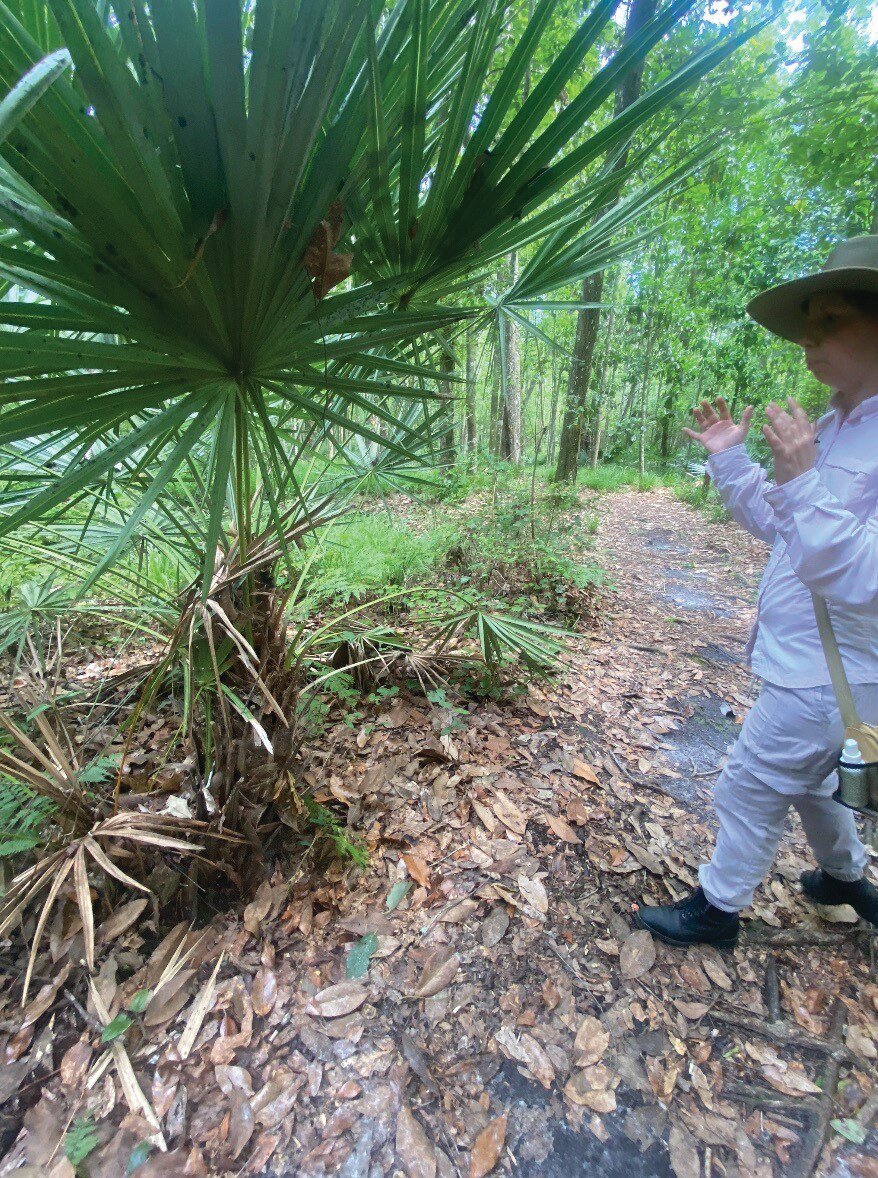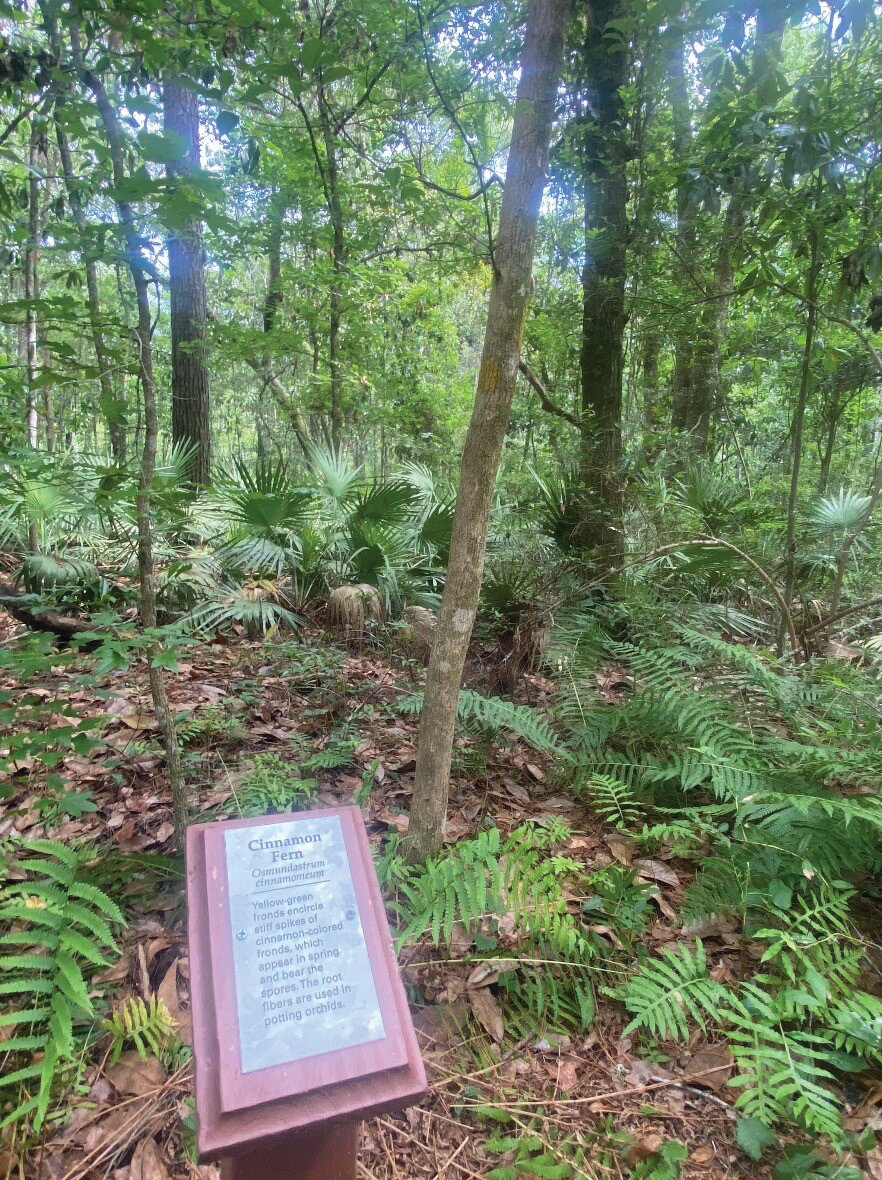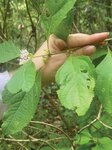Naturalist shares significance of Camp Chow’s beauty
GREEN COVE SPRINGS – Liza McCain, Parks Naturalist at Camp Chowenwaw Park, knows something about nature, history, and conservation, especially within the confines of the 150-acre park she has …
This item is available in full to subscribers.
Attention subscribers
To continue reading, you will need to either log in to your subscriber account, or purchase a new subscription.
If you are a current print subscriber, you can set up a free website account and connect your subscription to it by clicking here.
If you are a digital subscriber with an active, online-only subscription then you already have an account here. Just reset your password if you've not yet logged in to your account on this new site.
Otherwise, click here to view your options for subscribing.
Please log in to continueDon't have an ID?Print subscribersIf you're a print subscriber, but do not yet have an online account, click here to create one. Non-subscribersClick here to see your options for subscribing. Single day passYou also have the option of purchasing 24 hours of access, for $1.00. Click here to purchase a single day pass. |
Naturalist shares significance of Camp Chow’s beauty
GREEN COVE SPRINGS – Liza McCain, Parks Naturalist at Camp Chowenwaw Park, knows something about nature, history, and conservation, especially within the confines of the 150-acre park she has worked for four years.
Part of McCain’s job at Chowenwaw is leading tours, teaching residents the ins and outs of the park’s history, along with its plants and animals that make it so unique.
She led a tour last Saturday, taking residents on the Hickory Nature Trail Hike.
McCain will also lead two other nature trail hikes on Sept. 16 and Dec. 16 to provide another opportunity to see the park’s natural wonders.
“It’s a great opportunity to get out and get familiar with our native plants and habitats, especially if you’re new to Clay County or if you have your own property that you want to get to know more about. I’m here to answer any questions, and I’d love to share (my knowledge) about native plants and animals here in Clay,” she said.
She also advocates for environmental protection where habitat is dwindling in the face of development.
“I really advocate more for people to take notice of (plants and animals),” she said.
McCain and Camp Chowenwaw will also offer the “Wetland Walk,” a similar hike that will instead focus on the park’s dominant landscape, serving as a natural filter for the bordering Black Creek and nearby St. Johns River on July 15 and Oct. 21.
During McCain’s hikes, there’s plenty to learn.
With 100 acres, wetlands comprise two-thirds of the park’s overall space, and their role in conserving the environment is significant.
Camp Chowenwaw is on a peninsula between Black Creek and Peters Creek. Wetlands play an essential role in the park and areas across Northeast Florida, even protecting against the powerful winds of hurricanes.
“(Wetlands) protect against storm surge, so they’re kind of a buffer between our high water and developed areas,” she said.
The park is a bottomland forest and a transitional area between uplands and wetlands. Additionally, with deciduous and conifer trees, McCain said it’s one of the most diverse habitats in the United States.
“It’s a good mix of domestic and hydric plants. It’s a very diverse habitat,” McCain said.
Hydric plants can tolerate being underwater for long periods, and domestic plants can tolerate little moisture.
McCain points to an approximately 200-year-old Southern Live Oak and a Bald Cypress, one of the only conifer trees that drops its needles annually, while leading hikers through the trail.
“It’s quite an impressive tree. I relate them to the (Coast Redwood) in California. They’re our version of the redwoods,” she said.
Last week’s tour included hoots from a Barred Owl and a beautiful long-tailed skipper butterfly nesting on pea flowers.
McCain told stories of the 1800s when the shores of the St. Johns River grew abundantly of orange groves. That was before the early 1900s when the crops died from a freeze. Instead of utilizing toxic pesticides, farmers put the manatee tree snail to work.
She pulled out a small glass container containing the snail shells for residents to see.
“They would strategically place it on infected citrus trees to combat the white fly infestation,” she said.
In the meantime, growth and development are a concern at the top of her mind.
“We support and conserve what we have here, but there is not as much as we did before the development,” McCain said.
It’s important for parks to play their part, along with residents and landowners.
“I urge people to go home and leave space for wildlife,” McCain said.
To sign up for the next nature hike, please visit www.claycountygov.com/Home/Components/Calendar/Event.















